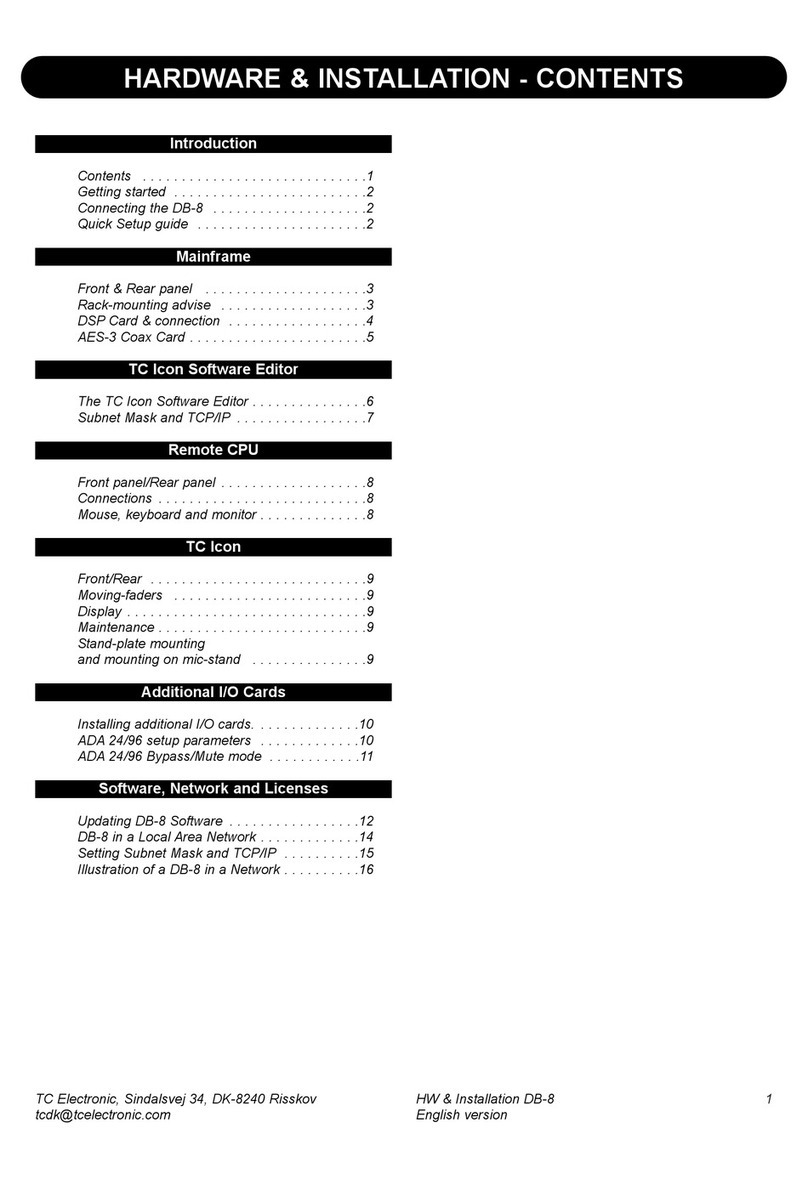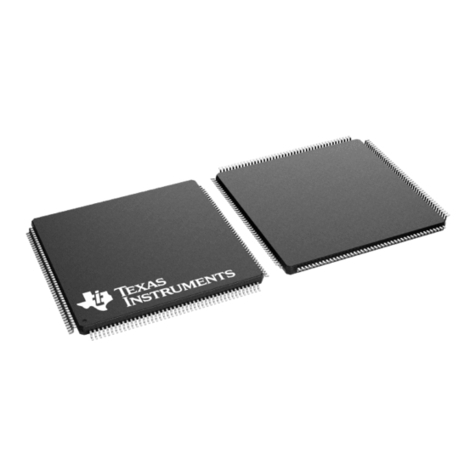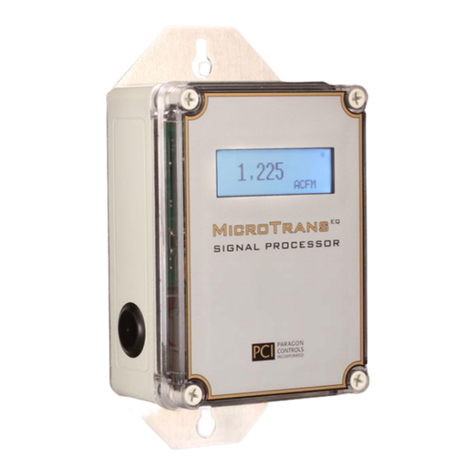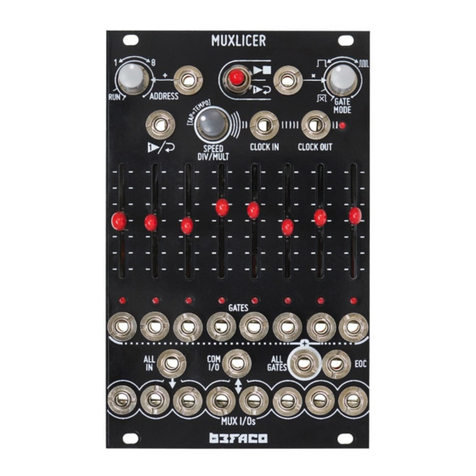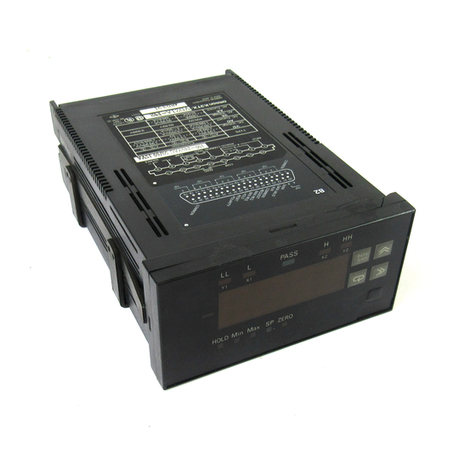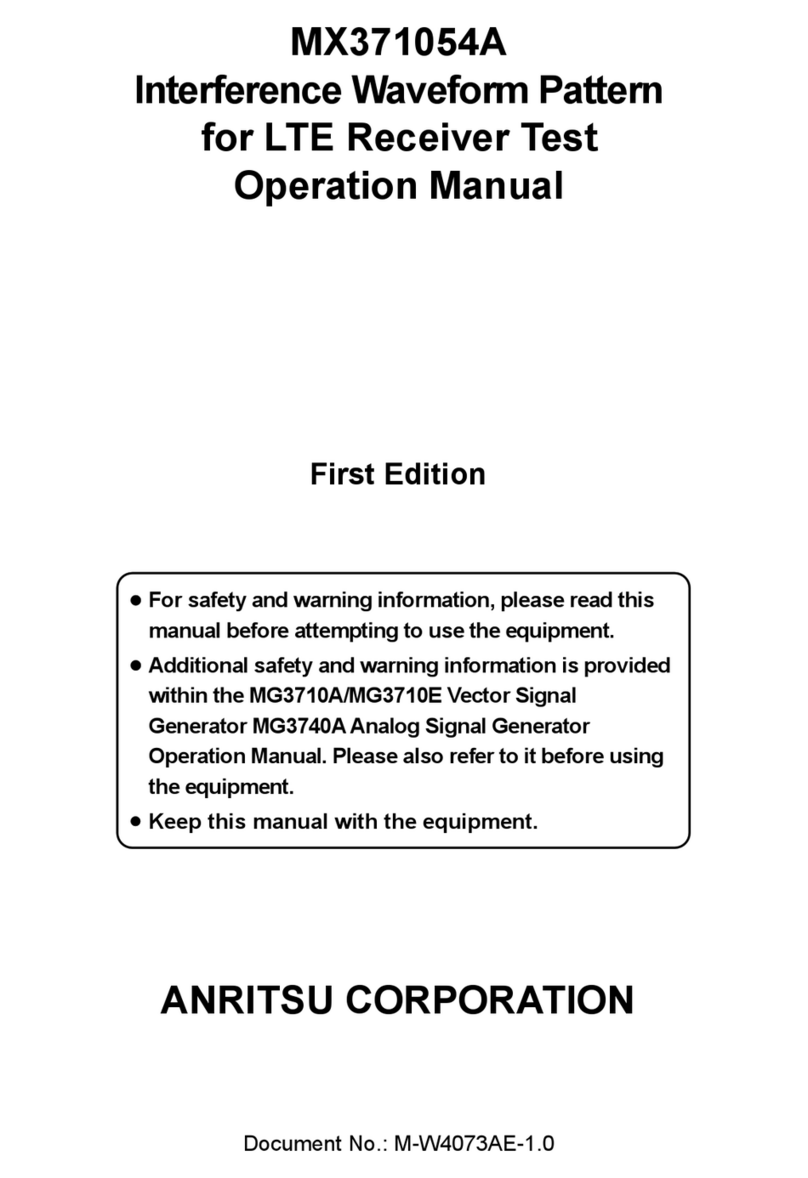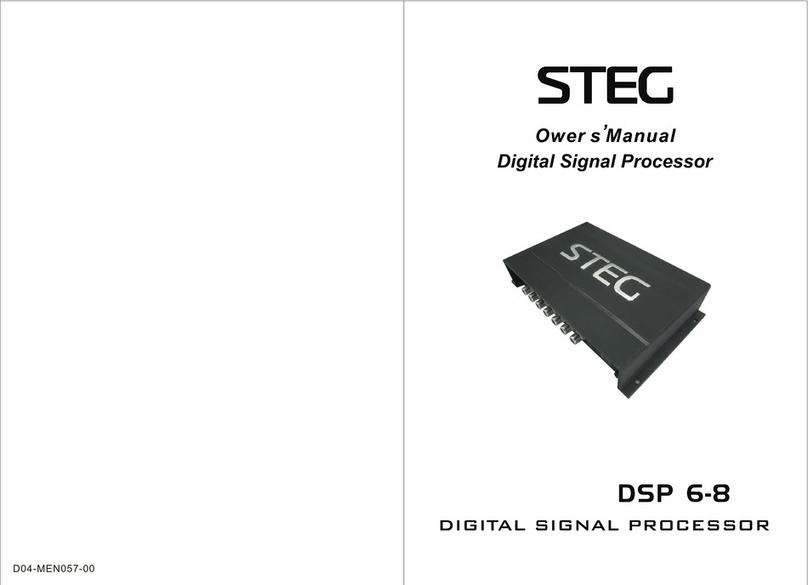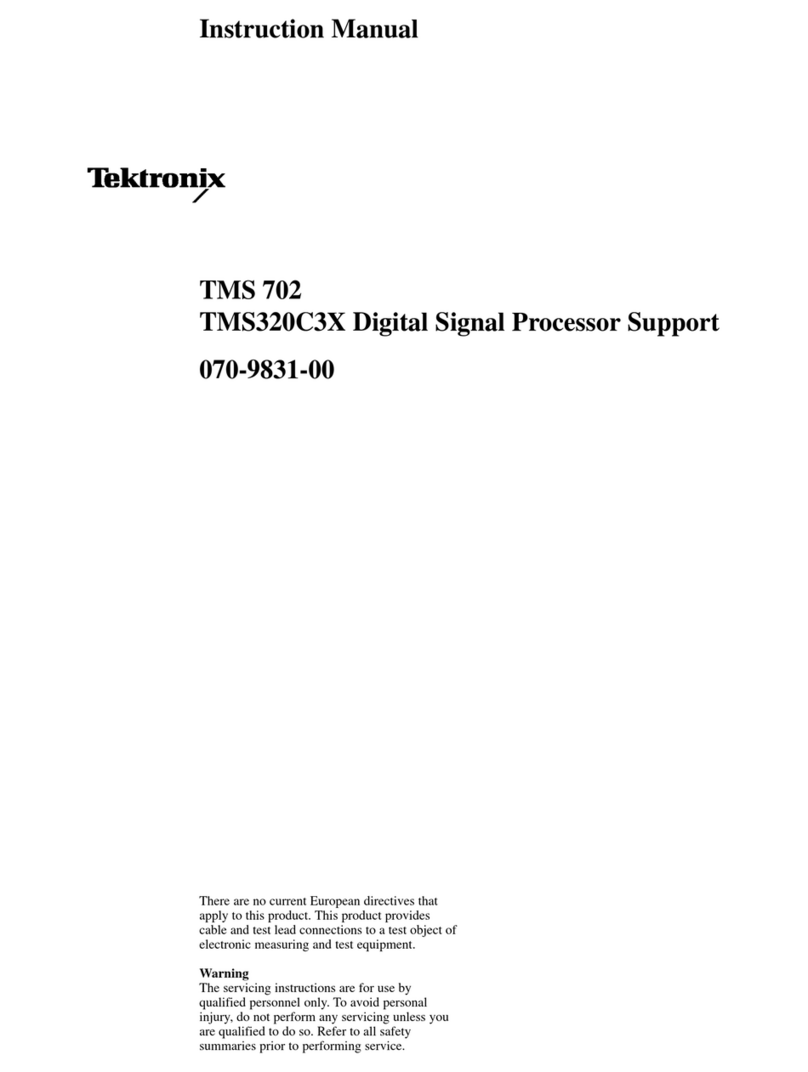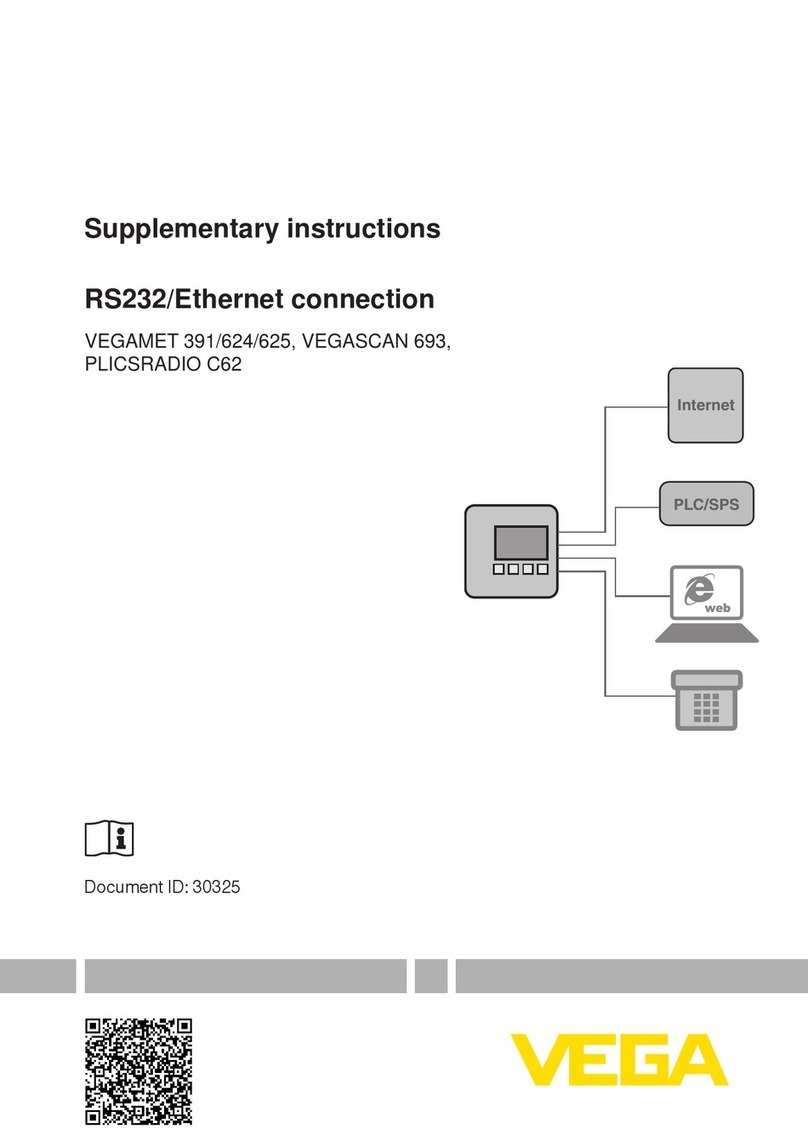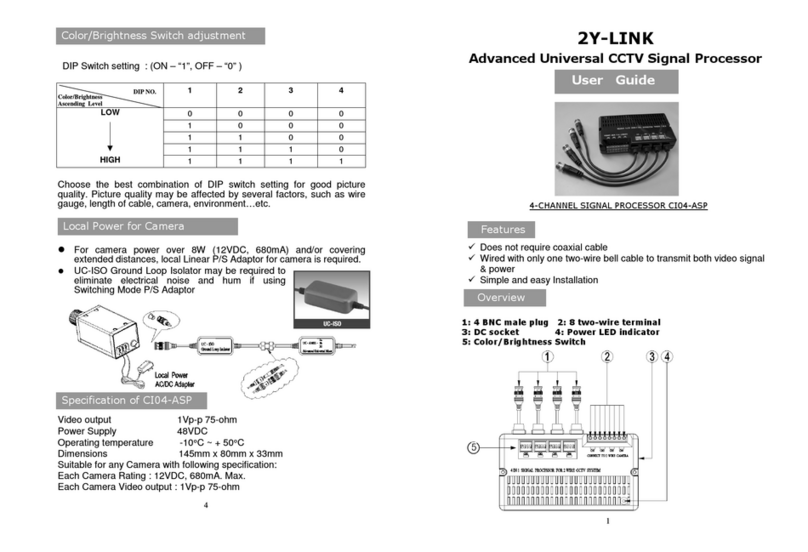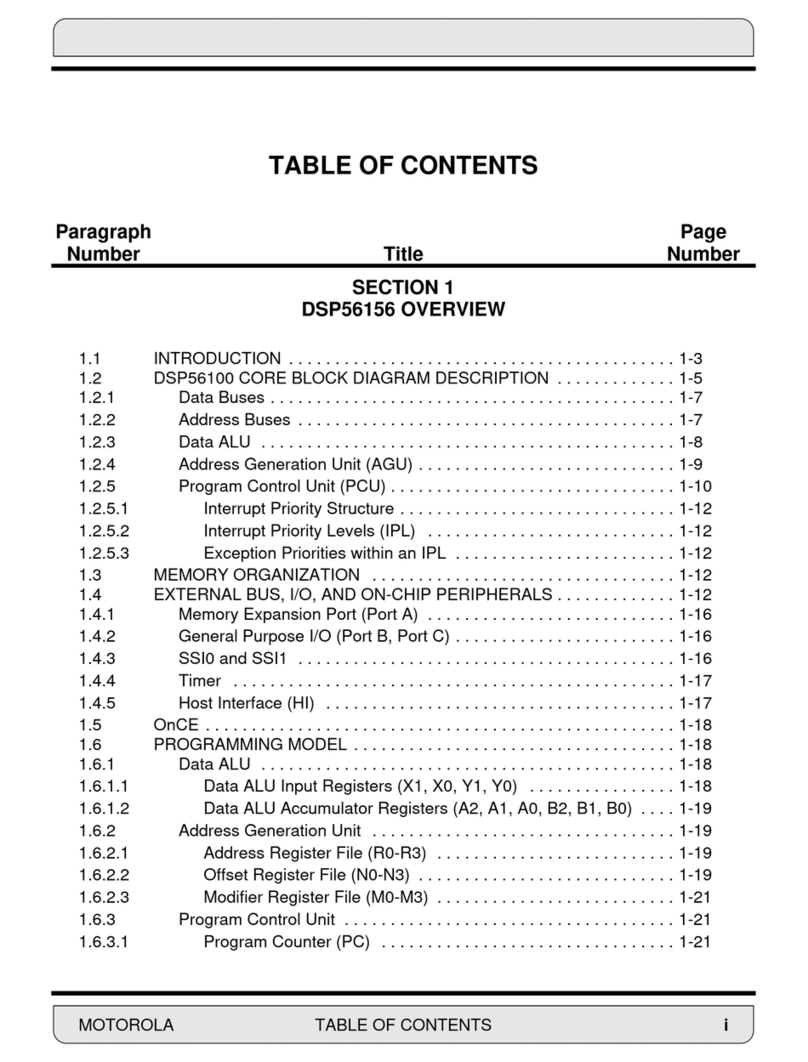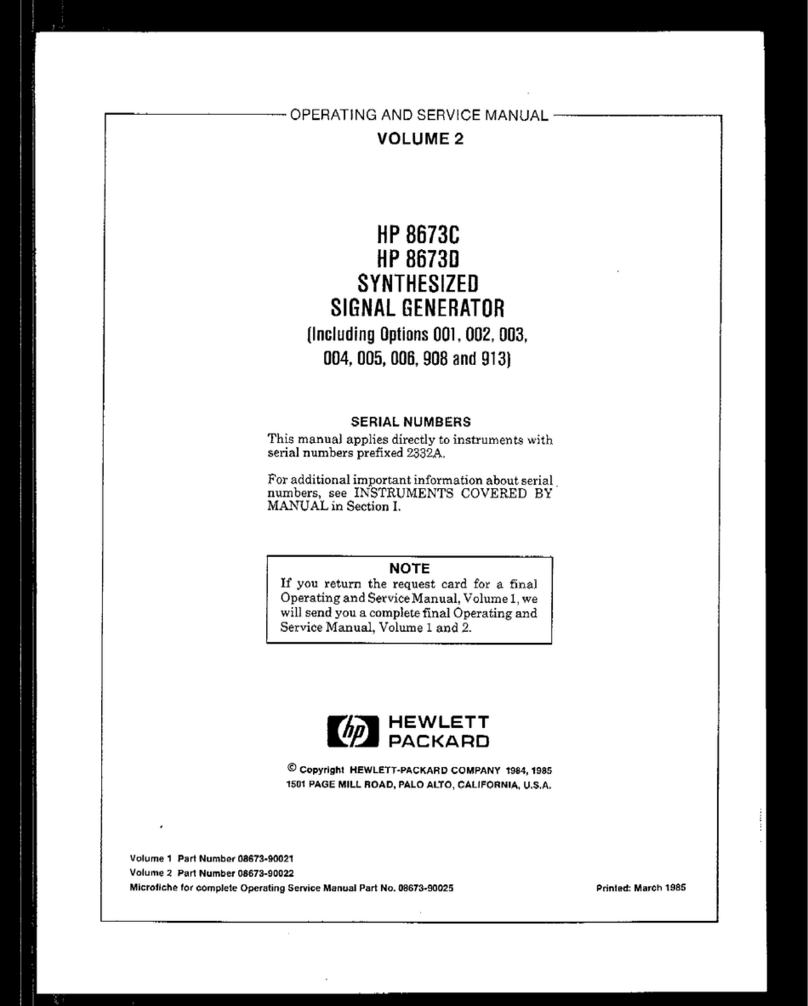
M U X L I C E R R E F E R E N C E
F U N C T I O N A L
B L O C K S
U S E R M A N U A L
A N A L O G S W I T C H
.5
COMMON I/O
Is the main common Input/Output. Through this jack you can either send a signal to
the Mux I/Os or receive a signal from them (Depending on how the module it is
connected). It is also used as CV Out when nothing is connected to “All IN” or “Mux I/Os”.
Use this output as CV out when using Muxlicer as step sequencer (see later).
ALL IN
Any signal plugged to ALL IN will
go to all the “Mux I/Os” that don't
have any other signal plugged on
them.
All in is there to send the same
signal to any number of Mux I/
Os.
Imagine you want to send a signal
to the Steps 1,2,4,5,6 & 8. and a
two more signals to 3 and 7
respectively. You just need 3 wires
for this: plug the first one to All In
and the other two to 3 and 7 Mux I/
Os and you are done!
All In is normalized to a Voltage
(selectable by the user), so if
nothing is plug to this IN,
Muxlicer acts as normal step
sequencer. (Explained in Speed Div/
Mult encoder / CV Range Section)
MUX I/Os
Mux I/Os are (together with Common I/O) the
main connections of Muxlicer. Like common I/O,
they are reversible. That means, depending on
how the module is connected, you can either
send eight different signals to the “MUX I/
Os” to output as one at the "COMMON I/O", or
receive one signal at the "COMMON I/O"
outputed to each of the 8 "MUX I/Os".
The eight Mux I/Os are normalled to “All In” jack,
so any signal present at this input will go to all
of them. (see ALL IN Section)
LEVEL FADERS
These faders attenuate the signals that goes from the “Mux I/Os” to the “common I/O” (or
vice versa). When no signal is plugged to either “Mux I/Os” or “All IN” they act as CV Levels.
This is because they Attenuate the default All IN voltage.
WHAT IS AN ANALOG SWITCH?
An analog switch is a switching
device capable of switching or routing
analog signals. In the case of
Muxlicer the switch is reversible, this
means that you can send 8 different
signals to 1 destination or in the
opposite way, send 1 signal to 8
different destinations.


